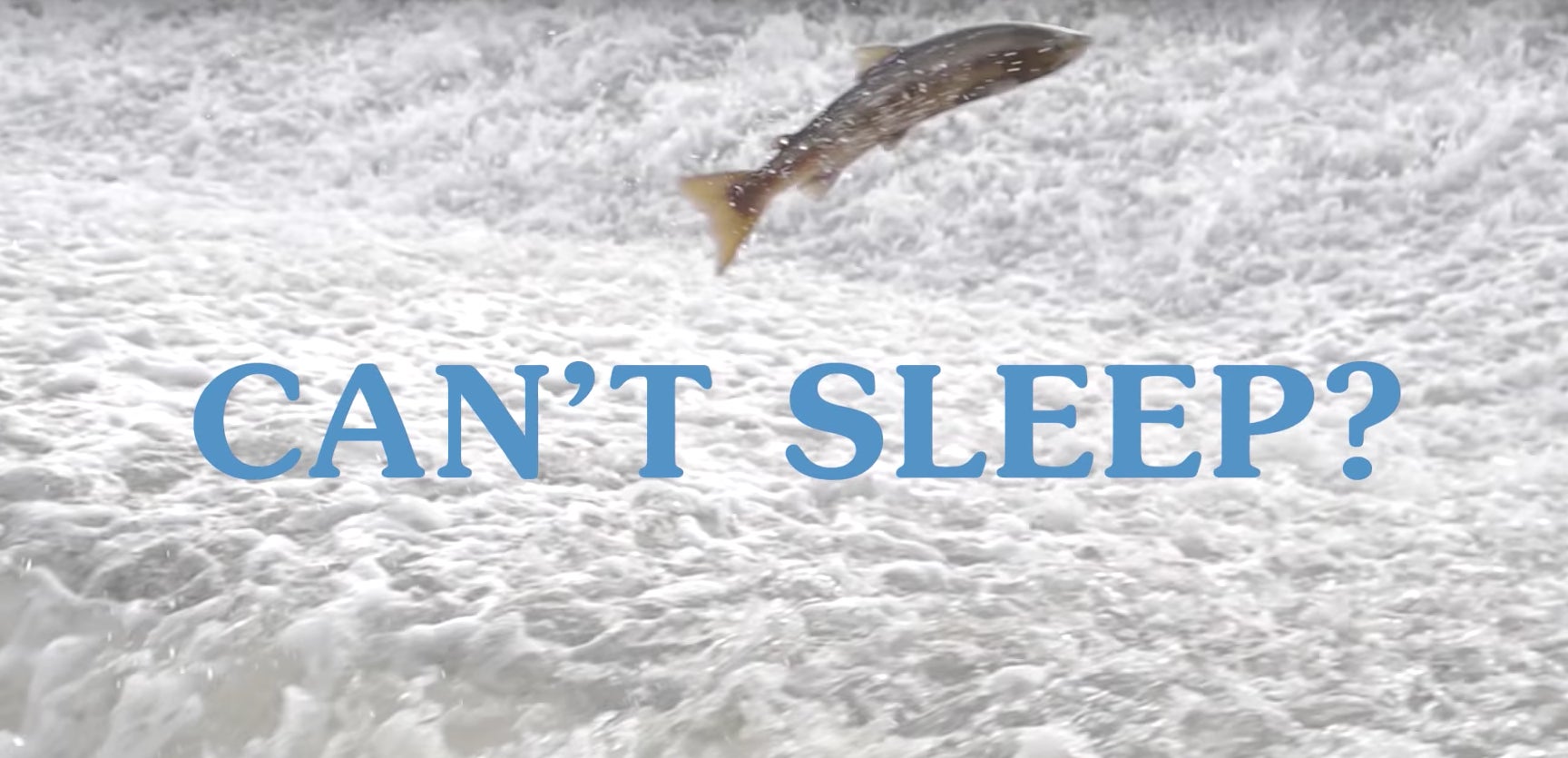A mattress company’s new toll-free hotline deliberately bores insomniacs to sleep
Restless insomniacs, this is for you.


Restless insomniacs, this is for you.
Casper, pioneers of the burgeoning online mattress industry, are airing a series of mysterious late-night TV commercials designed to lull viewers to sleep. Airing between 2 am to 5 am in 13 cable channels in the US (including USA, AMC, Comedy Central, TBS, and TNT), Casper’s unbranded, 15-second spots ape the soothing, lo-fi aesthetic of karaoke videos and ends with an invitation to call an extremely boring toll-free number.
Dialing 888-890-2040 connects callers to a series of pre-recorded sounds that will hopefully make one nod off. Among the sleep-inducing options: listen to the relaxing white noise of water and wind chimes, submit to hypnosis, hear a lullaby from Jaleel White (aka Urkel from the 1990’s sitcom Family Matters), eavesdrop on a conference call, or if you wait till the end, listen to a guy named John prattle on about mattresses.
“Can’t Sleep? Call,” is the latest in Casper’s series of inspired marketing gimmicks. Since launching in 2013, the mattress start-up has relied on ”experiential marketing,” a promotional strategy that hinges on live events, parties and happenings (aka “activations”) to connect with consumers.
Experiential marketing goes beyond the trade show appearances and product launch parties. It involves designing scenarios for consumers to “experience the brand,” and often not directly driving instantly to sales. For example, the fast casual salad chain Sweetgreen hosts an annual music festival called Sweetlife or microchip manufacturer Intel sponsored Lady Gaga’s Super Bowl performance through a fleet of Intel-enabled aerial drones to back her up. (Intel’s engineers also co-designed Lady Gaga’s tech-powered tribute to David Bowie at the 2015 Grammy Awards.)
In the same vein, Casper’s Nap Tour deploys RV’s retrofitted with sleeping pods offering passers-by free power naps; their ”Nap Simulator” allows users to simulate sleep in virtual reality; a Sleep Symposium headlined by the celebrity sleep endorser Ariana Huffington unpacked the science of sleep and altered states.
Instead of just pushing new mattresses models, Casper’s marketing mines a more universal problem: sleeplessness. “Talking about the molecular composition of our proprietary foam would put most people to sleep, yes, pun intended,” says Lindsay Kaplan, Casper’s vice president of communications and brand engagement. “Our marketing celebrates the shared emotions of the joy of bedtime, the freedom of staying up late, the agony of the alarm clock, and the absurdity of dreams.” Last year, the US Centers for Disease Control published findings suggesting that up to one-third of the American adults are not getting enough sleep and classified the epidemic as a “health problem.”
Kaplan says that their push to design unique experiences is working for their bottom line. She reports that in under three years, they’ve hit $300 million in sales and garnered awards including a #1 ranking from Consumer Reports in the memory foam mattress category. Independent reviewers pit Casper against other online mattress brands like Helix, Saatva, Leesa, and Tuft & Needle and though they differ on their choice for ”the best mattress online,” Casper—with humor, delight and surprise—is writing the rule book on how to generate excitement around an otherwise boring product category.
“We get it. Marketing sleep is a little absurd,” explains Kaplan to Ad Age. “The ‘Nap Simulator,’ like ‘Can’t Sleep?’ is in on that absurdity in a very obvious way to cut through the noise.”